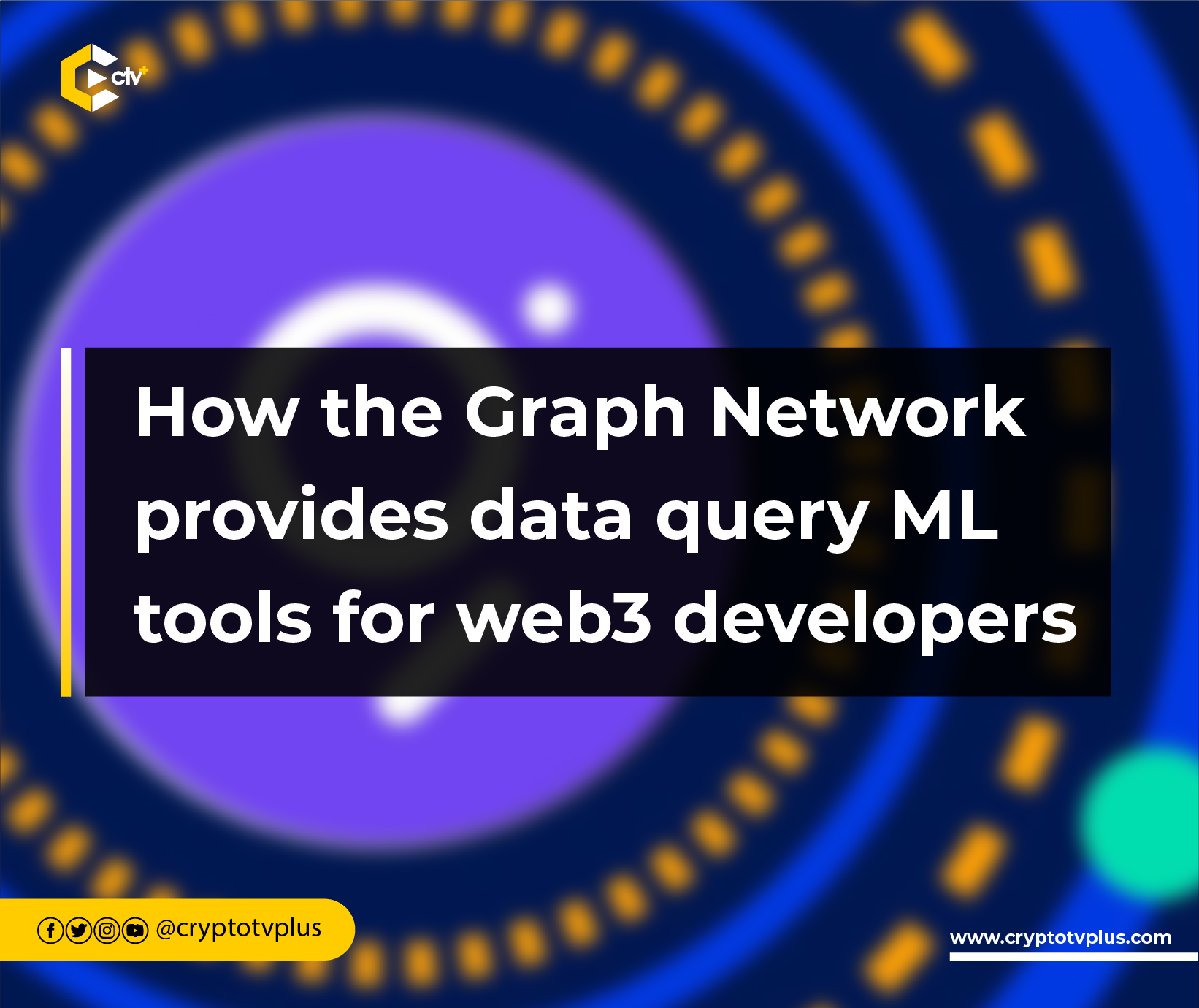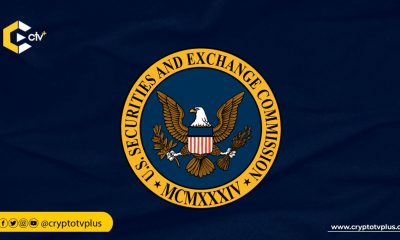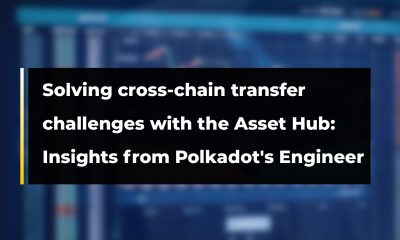FEATURED
How the Graph Network provides data query ML tools for web3 developers

In today’s tech world, data is an essential tool, especially in the Web3 space. It plays a significant role in understanding market needs, developing products, and driving continuous improvement.
However, despite its undeniable significance, managing data poses several challenges. These challenges range from verifying the data’s source to ensuring developers’ access to the data and establishing interoperability across different protocols that host it.
Among the various tools designed to address these challenges in the Web3 space, the Graph Network stands as a notable standout.
At Polkadot’s Sub0, Marcus Rein, a developer at Graph Network, shed light on how the Graph Network operates and the recent enhancements integrated into the protocol.
The Graph Network is a decentralized indexing protocol for Web3 applications that indexes data from blockchain networks such as Ethereum, Polkadot, Fantom, and Solana to make their data easily accessible.
It is a network of nodes that index data from multiple blockchains and serve that data through GraphQL-compliant HTTP endpoints.
Over 250 indexers globally
According to Marcus, the Graph Network offers a decentralized approach to indexing and querying, with over 250 indexers worldwide managing and providing data.
This network supports seven chains and over 1,000 subgraphs, providing developers with numerous endpoints to query. This opens up a world of possibilities for building on Web3 platforms.
He added that subgraphs are essential components of The Graph. They are responsible for organizing data from the blockchain into structured formats.
When developers create a subgraph, they start in Subgraph Studio and gradually make it more sophisticated.
Once ready, these subgraphs are published to the Graph Network and become decentralized, providing data to various dApps.
How to assess Subgraph quality
Marcus further advised that before accessing subgraphs in the Graph Network, developers should know that subgraphs with higher curation signals are generally more valuable and reliable. These are subgraphs that have been identified by curators as high-quality and valuable.
Curators are community members who analyze subgraphs to identify those of high quality and signal them to highlight to Indexers which subgraphs are valuable and should be indexed accordingly. The Graph Network rewards curators who signal on good quality subgraphs with a share of the query fees that subgraphs generate.
The second factor he mentioned is documentation. Quality documentation is essential to help developers understand how to interact with a subgraph.
This provides clear instructions on how to create, deploy, and upgrade subgraphs on The Graph Network; offers examples and sample code that developers can use as a reference when building their subgraphs; and explains the subgraph definition which consists of a few files.
Other advantages of quality documentation are it helps to describe the role of curators in identifying high-quality subgraphs; provides information on the Graph Curation Shares (GCS); offers guidance on best practices for subgraph development; and provides information on the Graph Explorer, a tool that developers can use to explore and discover subgraphs on The Graph Network.
Lastly are comments within the schema .graphql file which offers additional insights into the subgraph’s structure and data.
Improvements added to the Graph Network
Going on, Marcus demonstrated how to design GraphQL queries using the subgraph’s playground. GraphQL queries are a powerful and flexible way for clients to retrieve specific data from a server.
Developers can query specific entities within a subgraph, order results, and retrieve the information they need for their dApps.
He added developers can also send the same query to multiple standardized subgraphs, making it easy to gather data from various protocols.
The developer added that for those interested in machine learning (ML), there is a Python library that connects directly to subgraphs.
Additionally, dAppLooker, a no-code dashboard tool built on subgraphs and substreams, provides a convenient way to create analytics dashboards.
Billing subscriptions are now available, offering flat monthly rates for predictable costs, making it easier for developers to manage their querying needs without unexpected spikes in expenses.
Ending the presentation, Marcus revealed the potential of The Graph for querying Web3 data. With decentralized indexing, standardized subgraphs, and powerful tools, developers have the means to unlock the full potential of Web3 and build a decentralized future.
Read also; How Subsocial power web3 social media platforms
























